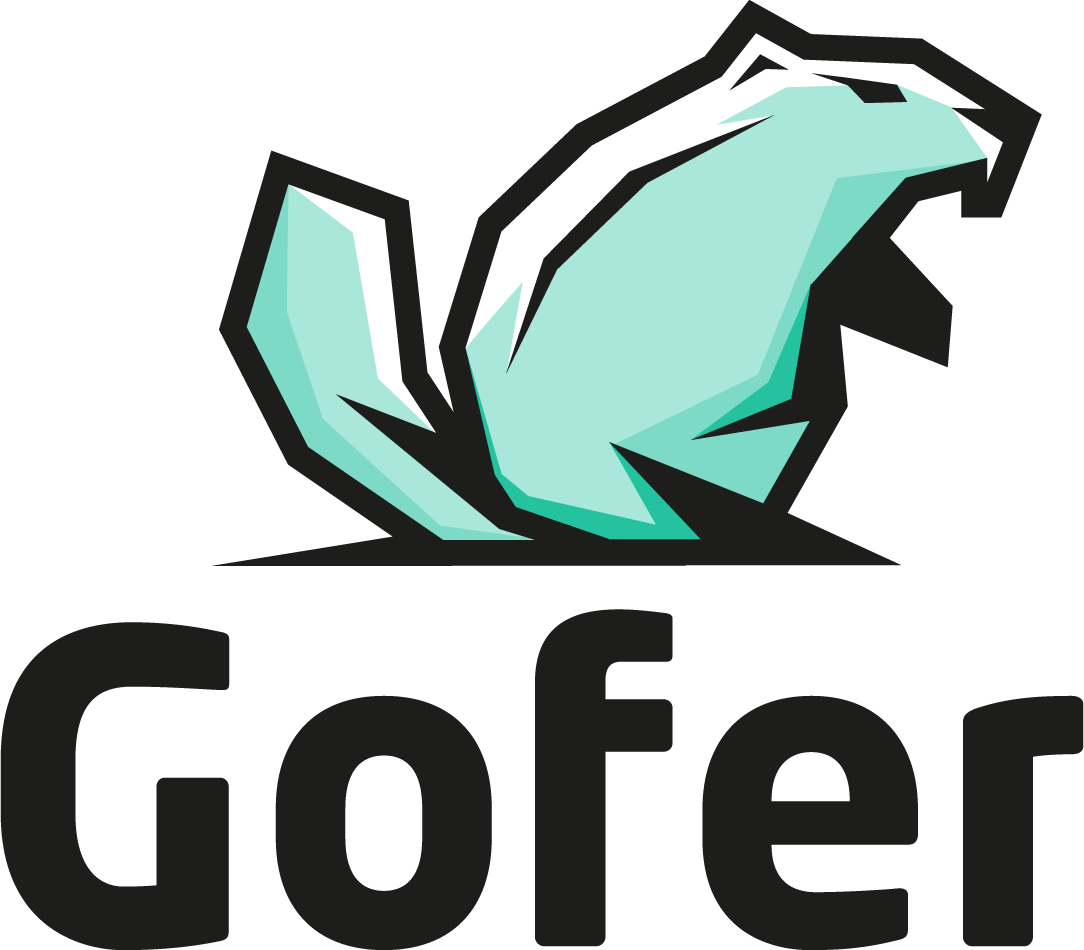Gofer: Run short-lived jobs easily.
Gofer is an opinionated, streamlined automation engine designed for the cloud-native era. It's basically remote code execution as a platform.
It specializes in executing your custom scripts in a containerized environment, making it versatile for both developers and operations teams. Deploy Gofer effortlessly as a single static binary, and manage it using expressive, declarative configurations written in real programming languages. Once set up, Gofer takes care of scheduling and running your automation tasks—be it on Nomad, Kubernetes, or even Local Docker.
Its primary function is to execute short-term jobs like code linting, build automation, testing, port scanning, ETL operations, or any task you can containerize and trigger based on events.
- Simple Deployment: Install Gofer effortlessly with a single static binary and manage it through its intuitive command-line interface.
- Language Flexibility: Craft your pipelines in programming languages you're already comfortable with, such as Go or Rust—no more wrestling with unfamiliar YAML.
- Local Testing: Validate and run your pipelines locally, eliminating the guesswork of "commit and see" testing.
- Extensible Architecture: Easily extend Gofer's capabilities by writing your own plugins, backends, and more, in any language via OpenAPI.
- Built-In Storage: Comes with an integrated Object and Secret store for your convenience.
- DAG Support: Harness the power of Directed Acyclic Graphs (DAGs) for complex workflow automation.
- Robust Reliability: Automatic versioning, Blue/Green deployments, and canary releases ensure the stability and dependability of your pipelines.
If you want to fully dive into Gofer, check out the documentation site!
Extended installation information is available through the documentation site.
You can view and download releases by version here.
- Linux:
wget https://github.com/clintjedwards/gofer/releases/latest/download/gofer
git clone https://github.com/clintjedwards/gofer && cd gofermake buildls ./target/release/gofer
The Gofer binary comes with a CLI to manage the server as well as act as a client.
Gofer is setup such that the base run mode is the development mode. So simply running the binary without any additional flags allows easy auth-less development. You can read more about how to deploy Gofer in a production environment here
To run Gofer dev mode:
Gofer uses flags, env vars, and files to manage configuration (in order of most important). The Makefile already includes all the commands and flags you need to run in dev mode by simply running make run.
In case you want to run without the make file simply run:
cd gofer
export GOFER_WEB_API__LOG_LEVEL=debug
cargo run --bin gofer -- service startGofer uses OpenAPI to generate a REST API in which is uses both to communicate with extensions and the main web service.
- You can find the OpenAPI spec files located in
sdk/openapi.jsonandgofer/docs/src/assets/openapi.json. - This means you can also access the API reference by going to
/docs/api_reference.htmlin the main web service.
Gofer uses oapi-codegen to generate the Golang sdk and progenitor to generate the Rust SDK.
You can download oapi-codegen by performing go install github.com/deepmap/oapi-codegen/v2/cmd/oapi-codegen@latest.
Progenitor is already included as a lib within the generation code.
The OpenAPI Spec files are generated by the web framework used dropshot. It generates the files directly from the API code using Rust proc macros over the direct API function handlers. This creates a sort of chicken and egg problem when attempting to change things and the compile times from using many proc macros are long. This will soon be resolved by using a more trait based approach.
You can run the generate script by using make generate-openapi from the root directory.
Documentation is done with mdbook.
To install:
cargo install mdbook
cargo install mdbook-linkcheckOnce you have mdbook you can simply run make run-docs to give you an auto-reloading dev version of the documentation
in a browser.
The Gif on the README page uses vhs; a very handy tool that allows you to write a configuration file which will pop out a gif on the other side.
In order to do this VHS has to run the commands so we must start the server first before we regenerate the gif.
rm -rf /tmp/gofer* # Start with a fresh database
make run # Start the server in dev mode
cd documentation/src/assets
vhs < demo.tape # this will start running commands against the server and output the gif as demo.gif.- Clint Edwards - Github
This software is provided as-is. It's a hobby project, done in my free time, and I don't get paid for doing it.
If you're looking for the previous Golang version you can find it here.



